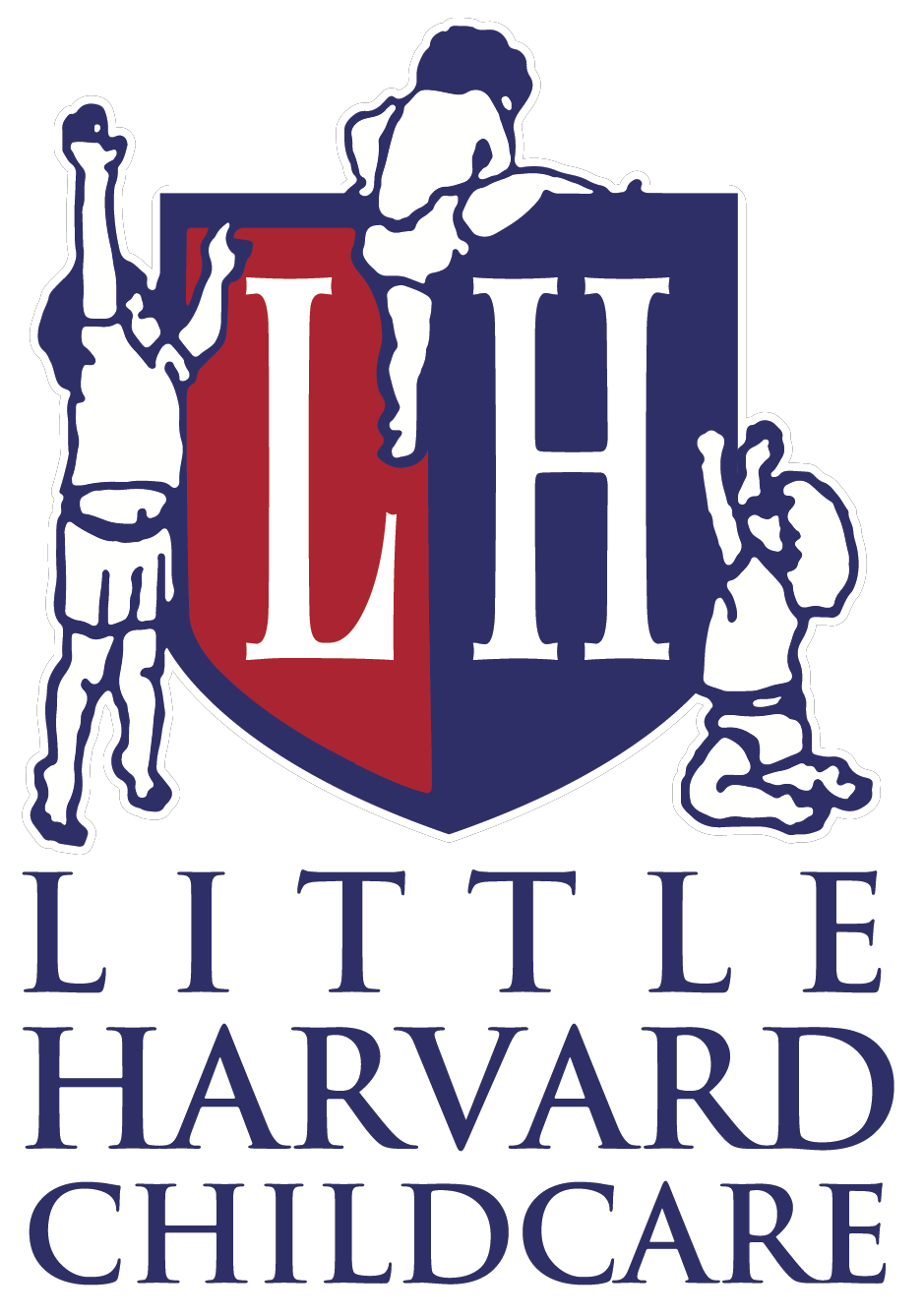Fun Easter Activities for Kids
It’s nearly Easter, so we have selected some fun Activities to do with the kids! And yes, it includes egg hunt, as the kids absolutely love it, and there is so much for them to learn from it!
So here we go: Start by hiding some small chocolate eggs around your house or garden. As your child goes near where an egg is hidden, tell them “you’re getting hotter”. If they haven’t found the egg yet, but move away from where it is hidden tell them “you’re getting colder”. If you have more than one child, you could get different coloured eggs. Then each child has to find a different coloured egg and count how many they found.
Another family activity you might like to do is to decorate real hen eggs with your child. Tell your child how eggs can break, and how they go hard when you cook them. Later, you could count how many you’ve made and take the coloured eggs on a picnic, take the shells off and eat them!
What can kids learn from it? Maths is more than working with numbers. It also consists of shape and space, patterns, measuring – things you do and come across in everyday life. When children begin to learn formal maths at school, they are building on a foundation of early numeracy learning from home. Even though they may not even be aware of it, parents and children engage in numeracy activity as part of their everyday lives.
Always teach numbers in a natural way through everyday activities and play. Count steps on a stairs, food in your shopping trolley or cows in a field. Compare things when talking big or small, long or short, older or younger and faster or slower: “You carry the small box and I’ll take the big one.” Use the words – up and down, over and under, near or far, more or less when talking to your child. Talk about the shapes of everyday things. Ask your child what shapes they can see around the room they’re in.
Easter Egg Treasure Map – Maps are just a bird’s eye view of the ground. Help your child to make a simple map and use it to organise an Easter egg hunt.
Make a map of your sitting room, or your garden, or somewhere else you know well. Pretend you are able to see it from above, as if you were a bird, and label everything – sofa, apple tree, television.
Make photocopies of the map.
Take it in turns to mark an X on the map where you have hidden a small Easter egg.
Take it in turns to search for the Easter eggs.
Learning to make or read simple maps is a great skill for your child to develop. Writing is like a muscle – the more your child practises it the stronger their writing ability will become. Your child is also more likely to write about things they like or are interested in – writing is a way to express yourself and using writing in this way can be more meaningful to a child. Word searches and crosswords can help with pattern recognition and spelling, and help build vocabulary and spelling.
Give your child lots of opportunities to write – notes, birthday cards, emails or text messages. Encourage your child to make and write their own books about something they are interested in, for example, cars, dinosaurs, fairies or dogs. They can draw or stick in their own pictures.

